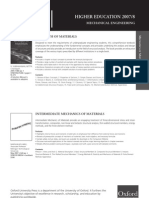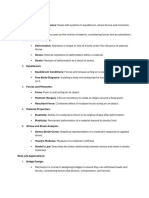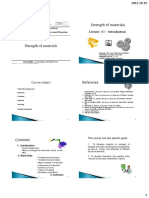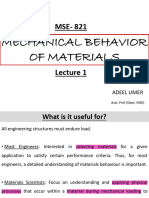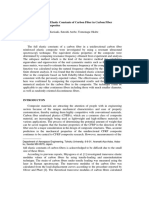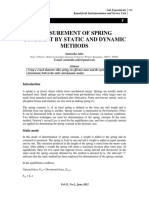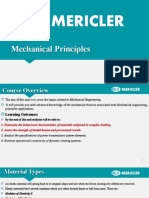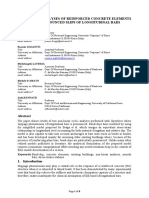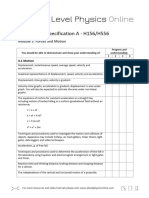INTRODUCTION
The mechanics of materials play a critical role in developing structures that seamlessly blend
functionality and aesthetic appeal. This dining table pays homage to the principles of
strength, stability, and style by fusing daily elegance with mechanical prowess. Structural
analysis is the cornerstone of mechanical engineering's ability to create reliable, durable
structures that impact our built environment. To ensure that bridges, buildings, and other
infrastructure components are sturdy, safe, and useful, engineers utilize this analytical lens to
look at how materials and components perform under various loads. This assignment's
primary goal is to examine the dining table design we selected, which has fixed dimensions
of 4 meters square.
Figure 1.1: An example of square dining table
The structure analysis of a design is determined by a number of factors. Given that various
materials have varying modulus of elasticity, material properties greatly influence any
design’s structure. Any fundamental property of a substance that characterizes its stiffness or
unyielding nature. It gauges a material’s ability to distort under stress and then return to its
original shape when the load is removed. For instance, the average overall elasticity of wood
is approximately 1.5 MPa, while that of steel alloys is approximately 200 MPa. This explains
why wood costs less in the market than steel.
� A significant influence on structural analysis is also derived from the linear relationship
between stress and strain. In essence, this is known as Hooke's Law. The linear relationship
between the force applied to an elastic material, such a spring, and the material's subsequent
deformation or length change is explained by this fundamental concept in the mechanics of
materials.
The dimensions' height and thickness had a significant effect on the structure. The strength
of the structure increases with its height and thickness. Increasing those two dimensions
could make the cost computation more expensive.
In addition, Mechanics of Materials is an essential branch of engineering that aids in the
construction of structures that are safe, long-lasting, and economical to build. In disciplines
like materials science, mechanical, aerospace, and civil engineering, it is essential. The
fundamentals of material mechanics are applied to the analysis and design of structures, from
airplanes and mechanical parts to buildings and bridges.
OBJECTIVES
To provide a connection between the fundamental ideas of shear, strain and
deformation in a simple dining table.
To create a structure using engineering concepts.
To examine a structural element in several loading scenarios, including axial,
bending, and torsion.
To compute the strain and stress by applying Hooke’s Law.
To select a better material with an alternative modulus of elasticity.
To ascertain the structure’s safety factor in the event of maximum shear and shear
failure.
To apply material mechanics ideas to practical engineering situations









